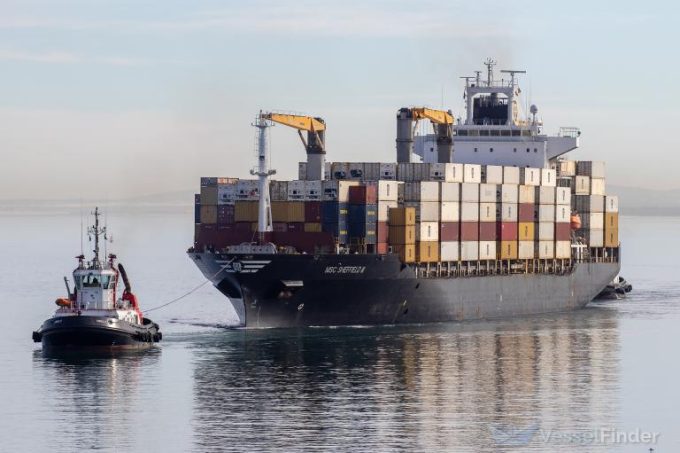
Despite some recent positive signs at the macroeconomic level, the logistics economy remains on a below-average growth path, driven by uncertainty caused by tariffs and a stagnant transportation sector, according to recent reports.
Data from the September Logistics Managers’ Index (LMI) report and the Q4 TD Cowen/AFS Freight Index indicate continued weakness in logistics and freight markets as the peak freight season begins.
Growth in the logistics economy slowed in September to its lowest level since March, falling to 57.4 on the LMI scale. This represents a decline of approximately two points from August and represents the seventh consecutive reading below the LMI’s historical average of 61.5. An LMI score above 50 indicates expansion; A score below 50 indicates contraction.
The slowdown was driven by transportation metrics, which saw little or no growth during the month. Transport prices saw their slowest growth rate since April 2024, expanding to 54.2. Transportation utilization fell by nearly five points to 50 — which essentially means no growth — and transportation capacity fell by more than two points to 55.1.
“The apparent slump in the transportation sector is likely a result of the earlier pullback and pre-emptive push of orders from companies that responded to the tariffs earlier in the year,” LMI researcher Stephen Carnovale, an associate professor of supply chain management at Florida Atlantic University (FAU) College of Business, said in a statement about the report. “As a result, we are seeing a decline in usage in this metric, which could be a harbinger of an overall charging slowdown.”
September transportation data continued a slight negative reversal in freight — which occurs when transportation capacity grows faster than prices — that began in August. Whether or not these conditions persist — potentially leading to a shipping slump — will depend largely on peak-season shipping activity among downstream companies, Carnovali said. Strong retail orders will increase demand for logistics services.
“The key to watch is orders for the holiday season,” Carnovali said.
The TD Cowen/AFS Q4 Freight Index — which provides forecast rates for the truckload, less-than-truckload, and parcel transportation markets — revealed similar results. The latest data shows that truckload carriers, in particular, are constantly struggling with excess capacity and low rates.
“…the truckload market continues to face headwinds from sluggish demand and changing trade policies, which do not indicate an easing of the excess capacity that has suppressed rates for nearly three years,” the researchers wrote in their October 14 report. “In the fourth quarter of 2025, the truckload load per mile rate is expected to be 6.1% above the January 2018 baseline – a modest 0.1%. [quarter-over-quarter] increase and 0.9% [year-over-year] Increase, but 11y quarter in a row with rates at or below 6.2%.
The Quarterly Freight Index is produced by TD Cowen Research and third-party logistics provider AFS Logistics.
The LMI report is based on a monthly survey of logistics managers across the country that is analyzed by researchers from Arizona State University, Colorado State University, Rochester Institute of Technology, Rutgers University, and the University of Nevada, Reno, and is produced in collaboration with the Council of Supply Chain Management Professionals (CSCMP).










